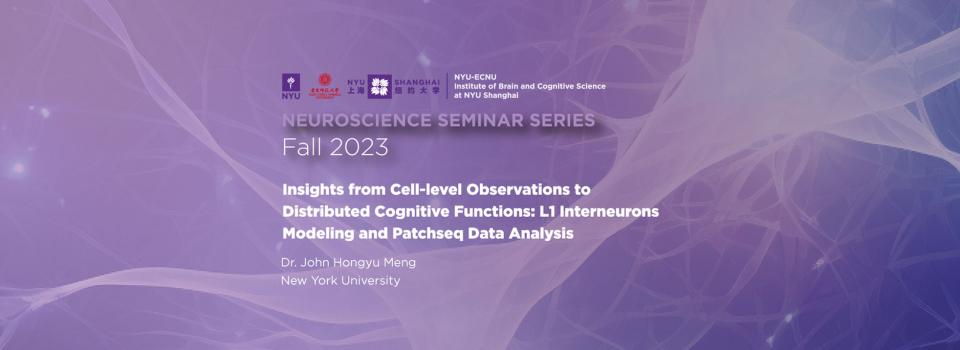
Host: Prof. Xinying Cai, NYU Shanghai
Abstract
Recent improvements in measuring brain connectome and neurophysiology of behaving animals stress the importance of studying the distributed cognitive functions in multiple brain areas, but not a single brain area. For this purpose, we need to understand how brain areas interact and how local features vary across areas. In this presentation, I will first discuss how we model and explain the heterogeneous firing behavior observed from interneurons residing within neocortex L1, a layer that receives extensive long-range projections but is poorly understood. Interestingly, the onset-bursting behavior, which is enabled by T-Calcium channels and observed in VIP cells, is related to the Alpha-band (7-16 Hz) resonance. This resonance may contribute to the cortical-cortex interaction during signal processing. Next, I will show how the Patchseq data can be used to link the transcriptomic data to the electrophysiology features, like firing rate adaptation. This can help us to infer the e-feature differences from rich transcriptomic data collected from different brain areas.
Biography
John Meng is currently a postdoctoral researcher at Xiao-Jing Wang’s lab at NYU. His research interest is to understand the mechanisms of cognitive functions, such as distributed working memory, from detailed biophysical observations by using mathematical tools. Before he joined Xiao-Jing Wang’s lab, he got his Ph.D. degree from Northwestern under the supervision of Dr. Hermann Riecke.


